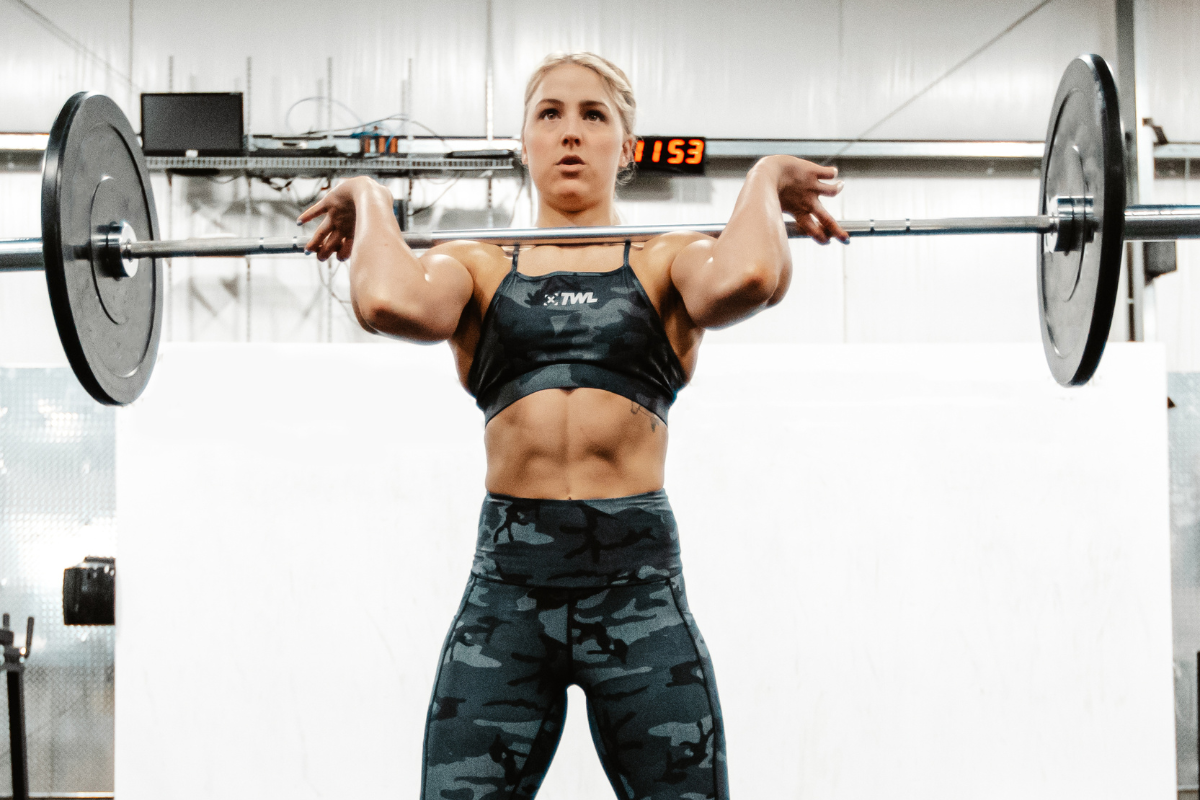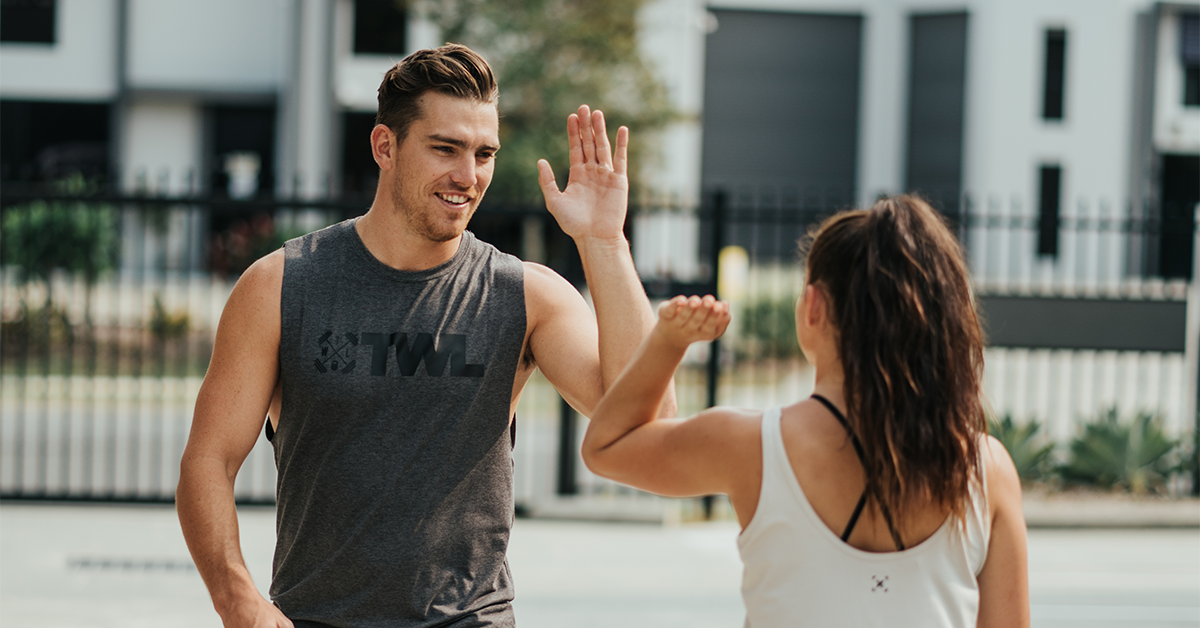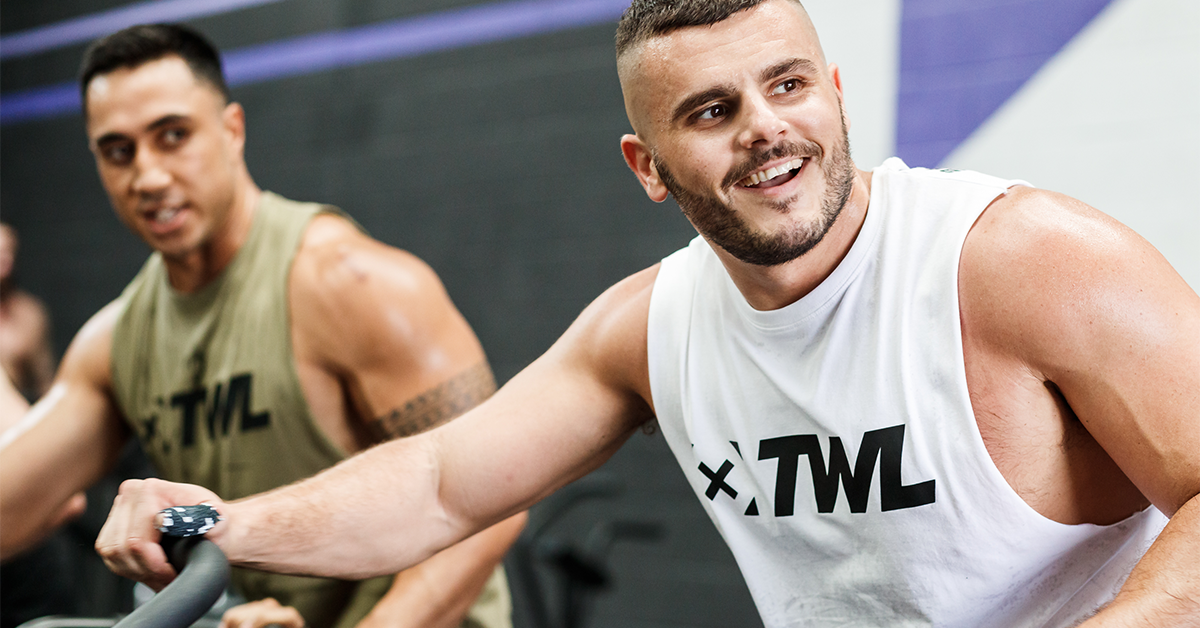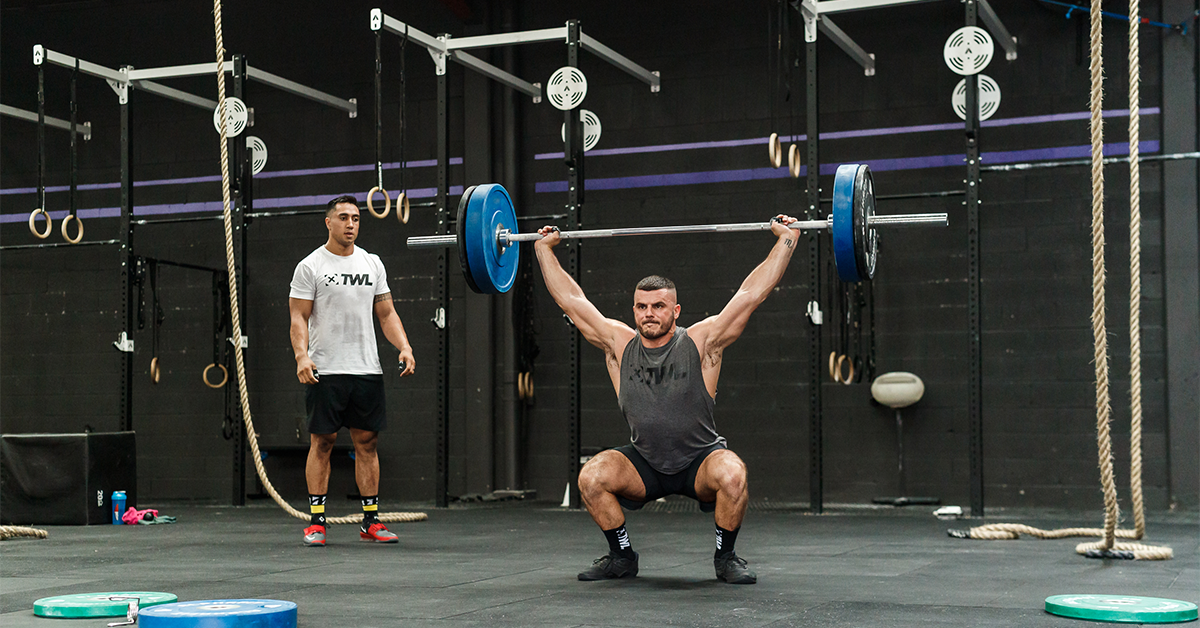Most people today get into CrossFit because they want to get stronger, understandably — who wouldn’t want to? Being stronger means being able to lift more, better protect yourself and those you care about, and move more quickly. Plus, it’s not a bad look, either. But what if you’re spending time in the gym and not noticing any changes? What might be the reasons why you’re not getting stronger?
Just when you think you are making steady progress with your strength training, you suddenly hit a wall. Every session gets hard and and you can’t even remember the last time you beat your personal record. If you think you are in this situation right now, there’s a high chance that you are sabotaging your own progress. Here are some of the biggest reasons why you may be stuck at a strength plateau and how to overcome it.
5 Reasons Why You’re Not Getting Stronger
Your Mechanics Are Off
The number one priority in CrossFit is to master the basics, then get strong and consistent in your execution, before being able to increase the intensity. When you’ve hit a wall, it’s good to step back and assess the way your body is moving when doing exercises. You might want to check your form, posture or anything that might be negatively affecting your mechanics.
Let’s use the snatch lift as an example. This movement is highly technical as it demands understanding of fundamentals and proper movement for an overhead squat. You cannot expect to perfect a snatch if you can’t do an overhead squat right. Now, some may argue they have the muscles to lift the heavy bar off the ground, but remember that’s not the goal here. Until you correct your faulty mechanics, you will have a hard time getting to the next step.
What to do: don’t hesitate to ask the help of your coach in checking your mechanics as frequently as possible. Once you have it right and consistent, you can start to progressively add more weight to your lifts and increase the intensity of your movements.
You Only Do What You Enjoy or What You’re Good At
Sometimes, we tend to get carried away with things we like doing instead of doing what pushes our bodies to grow. Maybe it’s lifts, handstands, or box jumps — you never miss a class when these are programmed into the day’s WOD. However, there’s actually a hidden disadvantage to this.
When you do the same exercise everyday, the same groups of muscles will get accustomed to it. Soon enough, that group of muscles will no longer respond to the stimuli and the exercise will be less and less intense until there is nothing to gain anymore. You can’t get stronger that way. A good strength routine needs enough variety to improve different areas of the body and not just one.
What to do: Changing one or two aspects of your workout will allow you to break plateaus. If you see a weakness, face your fear of failure and break your wall. You don’t like burpees? Well, start doing more. Always remember to have variety.
You’re Forgetting Accessory Work
To ultimately reach your strength potential, you have to move and perform as efficiently as possible. This is why athletes of all levels shouldn’t slack on accessory work. Done right, accessory work keeps you healthy, protects you from injury, helps address your muscular imbalances and most importantly, aids in your big lifts.
There are a lot of accessory movements that you can include in your training such as squats, presses, deadlifts, cleans, pull-ups, push-ups, snatches — the list goes on. The more consistently you do these, the quicker you will see the benefits. Commit yourself to doing accessories and over time you will start to see your strength improve, and you will continue to set new PRs.
What to do: give these exercises some love by giving the same amount of focus and energy as when you do your big lifts. If you are not convinced why a certain accessory movement is beneficial, ask your coach to explain to you its importance so that you are able to the execute these movements with conviction.
Your Nutrition is Off
Being super lean is great for aesthetics; but if you want to get stronger, you’ll need more fuel in your system to help build those muscles you need for your lifts.
Now you may think that eating protein is enough and that you don’t need carbs and fat. Stop this thinking! Our muscles actually love to use carbohydrates and fat for energy. A healthy balance of protein, complex carbs and fats work together to repair muscles as they break down after an intense workout. You’ll be amazed at how much better your body performs and handles heavier loads when it’s properly fueled.
What to do: one of the best tricks that pro athletes use is to eat often but in smaller portions. You can munch on complex carbs (e.g fruit and vegetables) but avoid simple carbohydrates that cause large spikes in blood sugar and hamper your body’s metabolism. Remember to eat organic and avoid processed foods as best you can.
You’re Not Recovering Enough
Sometimes, you confuse gains with time in the gym because truthfully, it makes sense. You overtrain and add more reps with each movement, thinking this should get you stronger. However, a long and hard session doesn’t necessarily do much for muscle gains and can be counterproductive in the long run. If you’re not careful, it can even lead to muscle loss.
You will know you are overtraining if you notice these things:
- The point of exhaustion comes earlier and earlier with each workout.
- You have aches, pains, injuries or any related symptoms that do not seem to heal.
If your body is telling you to stop, then stop. You must understand that resting is part of the training process and it’s there for a reason. Without it, the body won’t have enough time to let injuries heal and restore muscle tissue breakdown.
What to do: change your perspective to, “I want to work smarter, not harder.” Keep workouts intense but short, and be sure to make good use of your recovery days. Meditate. Sleep. Take a bath. Do whatever you can do to rest and make sure you aren’t always draining your system.

















